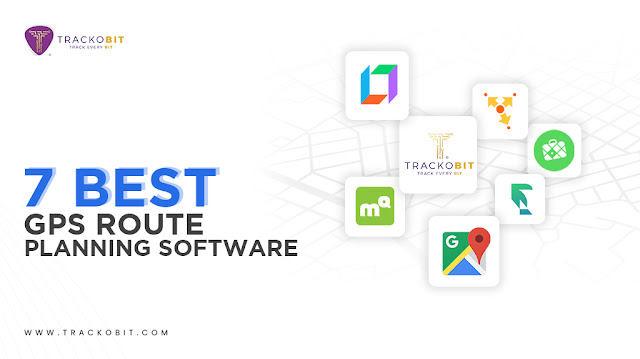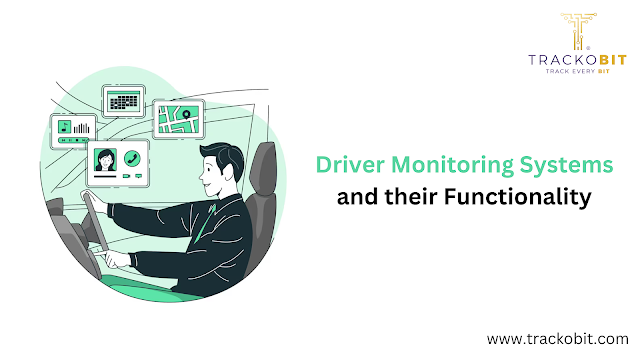Unraveling the Benefits of Workforce Management Software
Time and Attendance Tracking: WMS often includes features for accurate recording and monitoring of employee working hours, ensuring compliance with labor regulations and facilitating fair payroll processing.
Scheduling and Resource Allocation: The software enables dynamic scheduling, aligning workforce resources with operational demand to avoid understaffing or overstaffing.
Strategic Workforce Planning: WMS provides insights into workforce trends, allowing organizations to plan for future staffing needs and ensure optimal resource utilization.
Compliance Management: Automated tracking of labor laws and regulations helps organizations remain compliant, minimizing the risk of legal complications.
Employee Self-Service Portals: Many WMS solutions offer self-service portals, empowering employees to manage their schedules, leaves, and personal information, reducing administrative burden.
Real-time Data Analytics: Workforce Management Software provides real-time analytics on various workforce metrics, enabling data-driven decision-making for continuous improvement.
Performance Monitoring: The software allows for continuous performance monitoring through key performance indicators (KPIs) and employee evaluations, contributing to employee development.
Communication Tools: WMS includes communication tools to facilitate seamless interaction between management and employees, ensuring timely updates, announcements, and feedback.
Integration with Other Systems: Workforce Management Software often integrates with other organizational systems such as payroll, human resources, and enterprise resource planning (ERP) for a cohesive approach to business management.
Cost Savings and Efficiency: By automating manual HR tasks, optimizing scheduling, and providing accurate data, WMS contributes to cost savings and increased operational efficiency.
As technology continues to advance, Workforce Management Software evolves to incorporate features like artificial intelligence for predictive analytics, increased mobile accessibility, and a focus on employee well-being. In summary, WMS serves as a vital tool for organizations seeking to effectively manage their workforce, drive operational excellence, and adapt to the changing demands of the modern workplace.
Benefits of Workforce Management Software
1. Enhanced Productivity and Efficiency:
Workforce Management Software automates and optimizes time-consuming tasks, allowing employees and managers to focus on more strategic activities.
Efficient scheduling and resource allocation reduce downtime, leading to increased productivity across the organization.
2. Accurate Time and Attendance Tracking:
WMS ensures accurate time tracking through features like biometric attendance systems or digital timesheets.
This accuracy not only aids in fair payroll processing but also helps organizations adhere to labor regulations.
3. Optimized Workforce Scheduling:
The software facilitates dynamic scheduling, aligning workforce resources with demand.
Efficient scheduling ensures that staffing levels meet operational requirements without unnecessary labor costs.
4. Strategic Workforce Planning:
WMS provides insights into workforce trends, helping organizations plan for future staffing needs.
This strategic planning minimizes the risk of understaffing or overstaffing, promoting operational stability.
5. Compliance Management:
Automated tracking of labor laws and regulations ensures that organizations remain compliant.
This feature is particularly crucial in industries with stringent labor requirements, reducing the risk of legal complications.
6. Employee Self-Service Portals:
WMS often includes self-service portals, empowering employees to manage their schedules, leaves, and personal information.
This not only enhances employee satisfaction but also reduces administrative burden.
7. Real-time Data Analytics:
The software provides real-time analytics on various workforce metrics, from attendance patterns to performance indicators.
Data-driven insights enable informed decision-making, fostering continuous improvement.
8. Adaptability to Change:
Workforce Management Software is scalable and adaptable to organizational growth or changes in workforce structure.
This flexibility ensures that the software remains an asset as businesses evolve.
9. Improved Communication:
Communication tools within WMS facilitate seamless communication between management and employees.
Timely updates, announcements, and feedback contribute to a more connected and informed workforce.
10. Performance Monitoring and Feedback:
WMS enables continuous performance monitoring through key performance indicators (KPIs) and employee evaluations.
Constructive feedback and data-driven assessments empower employees to excel in their roles.
11. Reduced Overtime Costs:
Accurate scheduling and resource allocation help minimize overtime expenses.
Organizations can optimize workforce deployment to avoid unnecessary overtime, contributing to cost savings.
12. Integration with Other Systems:
Many WMS solutions seamlessly integrate with other organizational systems such as payroll, human resources, and ERP.
This integration ensures a cohesive and interconnected approach to overall business management.
13. Enhanced Employee Satisfaction:
By providing employees with tools to manage their schedules, leaves, and access important information, WMS contributes to overall job satisfaction.
Empowered and satisfied employees are more likely to be engaged and productive.
14. Reduction in Administrative Burden:
Automation of manual HR tasks, such as time tracking, attendance monitoring, and scheduling, reduces administrative workload.
HR professionals can then focus on more strategic initiatives and employee-centric activities.
15. Cost Savings and Return on Investment (ROI):
While there is an initial investment in implementing WMS, the long-term cost savings, improved efficiency, and reduced errors contribute to a positive ROI.
The software becomes a strategic asset that pays dividends over time.
Future Trends in Workforce Management Software
As technology continues to advance, the future of Workforce Management Software holds promises of even more sophisticated features:
Artificial Intelligence (AI) Integration: AI-driven algorithms for predictive analytics and intelligent decision-making.
Employee Well-being Tracking: Monitoring and addressing employee well-being, including stress levels and work-life balance.
Increased Mobile Accessibility: Further development of mobile applications for enhanced accessibility and flexibility.
Conclusion
Workforce Management Software stands as a linchpin for organizations striving to achieve operational excellence, maintain compliance, and foster a satisfied and engaged workforce. By embracing the myriad benefits offered by WMS, businesses not only streamline their HR processes but also lay the foundation for future growth and adaptability. As the workforce landscape continues to evolve, WMS remains a key ally in navigating the complexities of human resource management with precision and efficiency.
Workforce Management Software (WMS) is a comprehensive digital solution designed to streamline and optimize various aspects of workforce-related tasks within an organization. This software is engineered to enhance efficiency in human resource management by automating processes, providing real-time insights, and fostering strategic decision-making.
Read More:- How Workforce Management Software’s Automation Helps The Medical Industry
.png)


Comments
Post a Comment